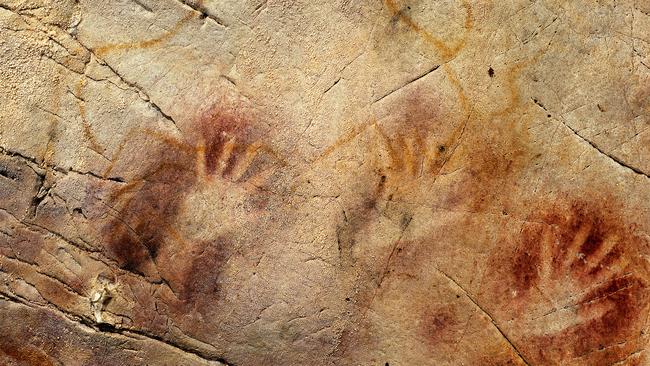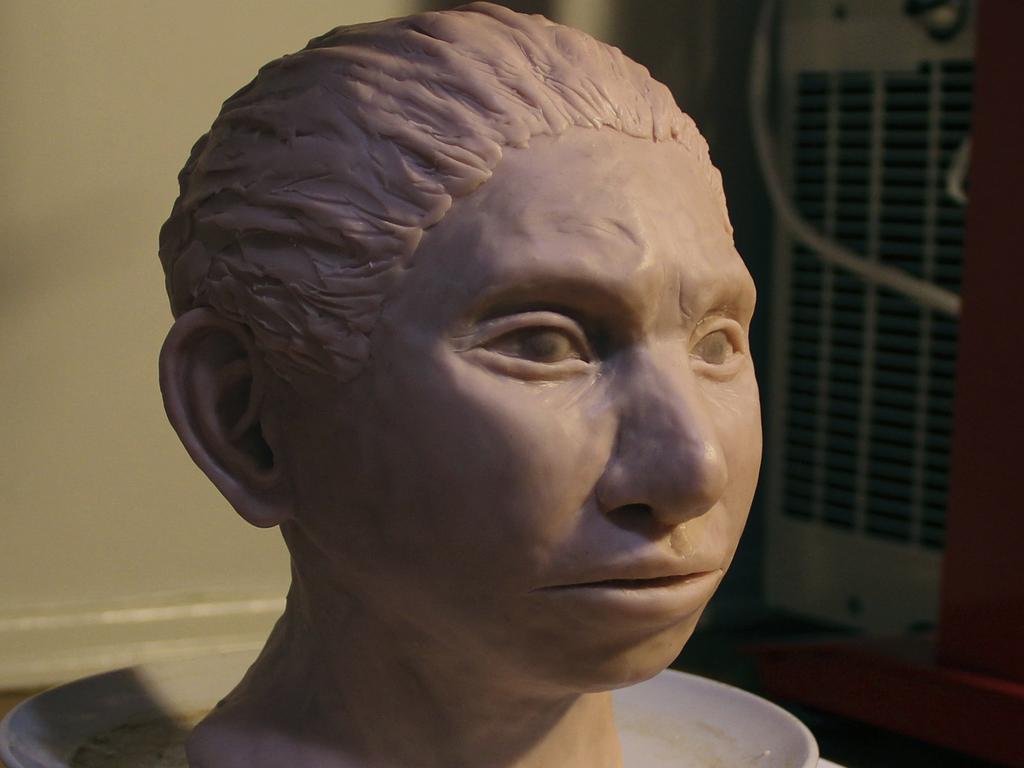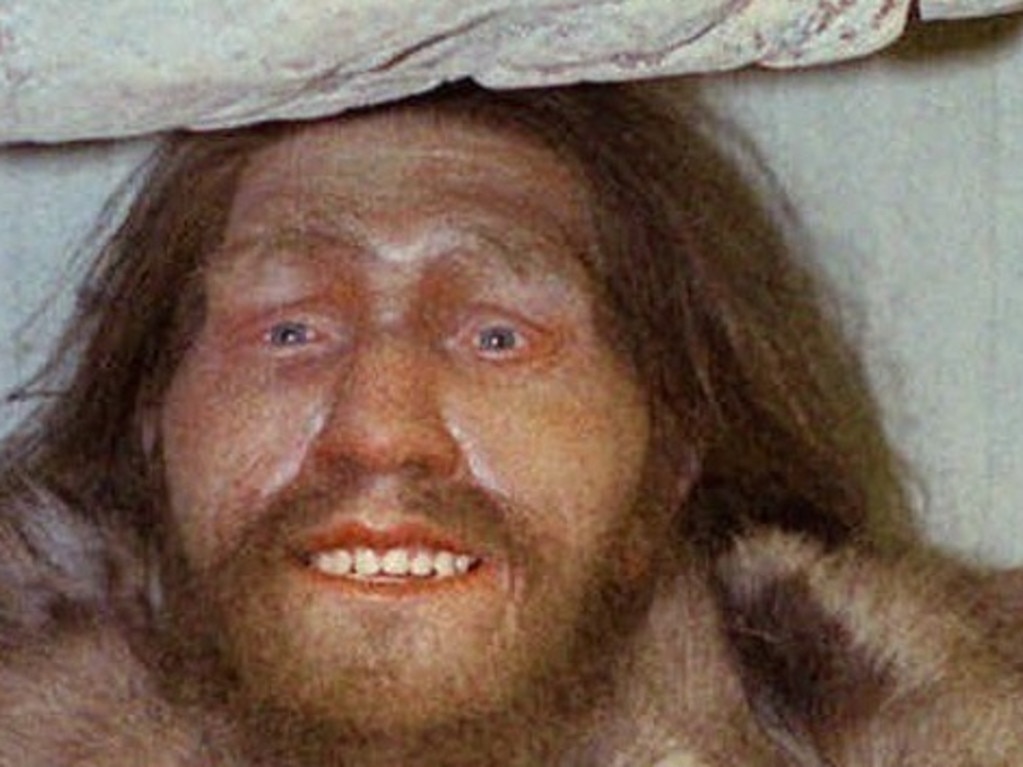Neanderthals were softies and we feel their pain
If you can’t handle pain, then you can always blame the romantic choices of your ancestors.

If you can’t handle pain, then you can always blame the romantic choices of your ancestors.
While Neanderthals are often seen as hairy and brutish, new research suggests they had their sensitive side because people with a particular gene inherited from them have a lower pain threshold, a British study has found.
When Neanderthals interbred with Homo sapiens, they left some of their hybrid descendants with an inheritance that makes them feel stimuli more strongly. With advances in genetics, in the past 20 years it has been possible to sequence the genomes of the Neanderthals, a human evolutionary cousin of ours who occupied Europe before modern humans migrated out of Africa.
One of the surprises of this research is it has shown that this ancient human species, which went extinct 40,000 years ago, lives on in us. People of European descent typically have between 1 per cent and 2 per cent Neanderthal DNA in their genome, indicating that in the past the two species interbred.
Researchers believe some of the genes modern humans gained from Neanderthals helped them to adapt and thrive in Europe, giving them, for example, better protection against the cold.
There is a specific mutation carried by fewer than one in 200 Britons that comes from Neanderthals. This mutation alters a pathway in the body known as an ion channel, which transmits pain signals from nerve endings.
In order to see what practical effect this change has, researchers went through a database of hundreds of thousands of British genomes and identified 1300 people with the variant. The people in the database had already answered a series of questions relating to pain sensitivity.
When the scientists analysed the answers, they found that the 1300 people with the Neanderthal pathway had a significantly lower pain threshold.
THE TIMES







To join the conversation, please log in. Don't have an account? Register
Join the conversation, you are commenting as Logout